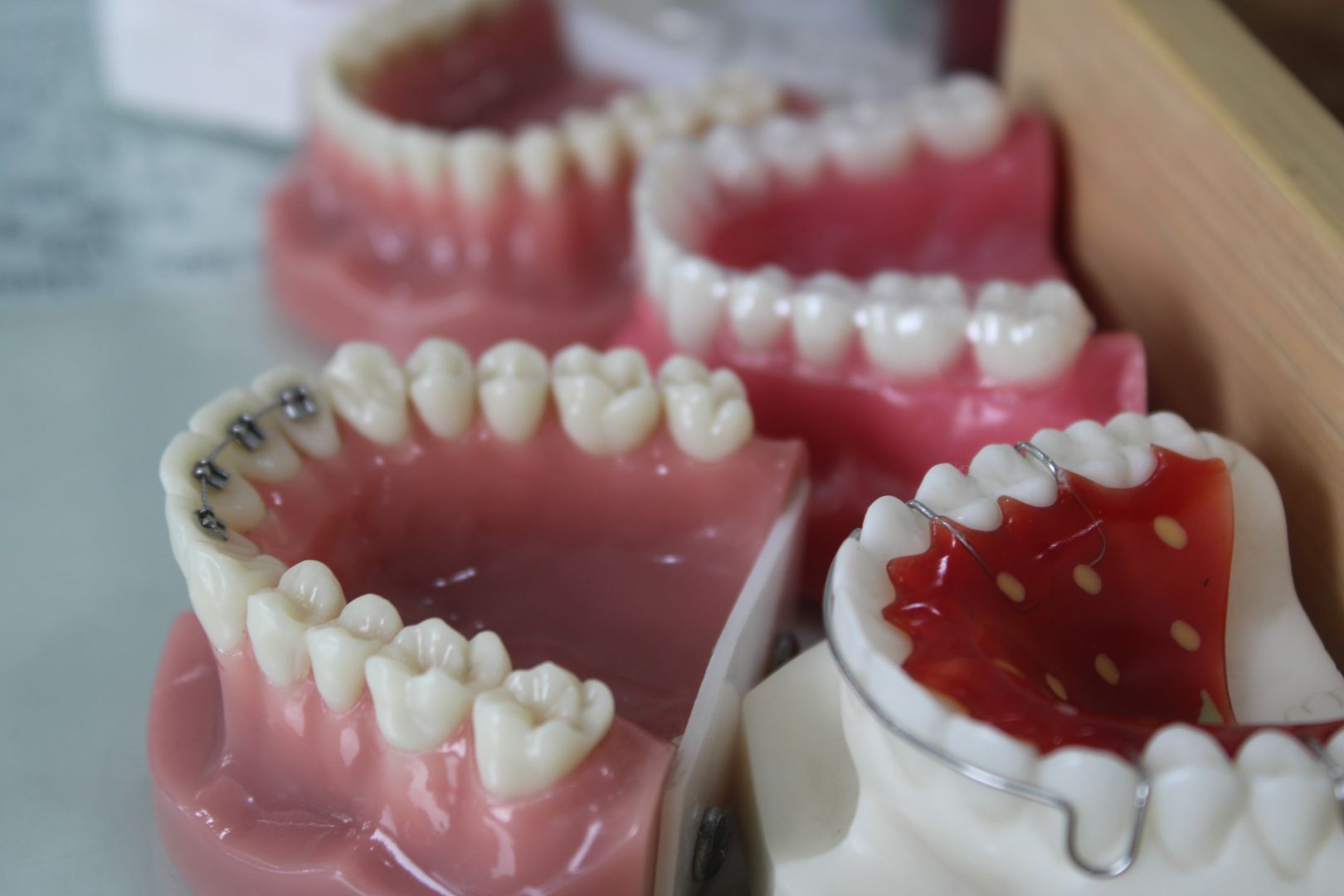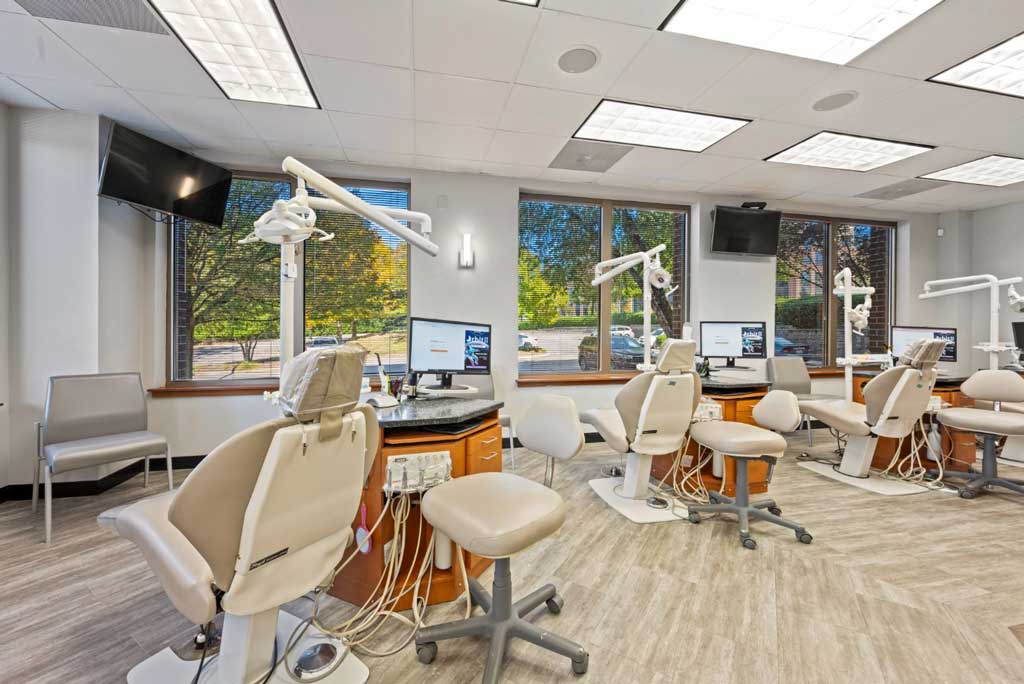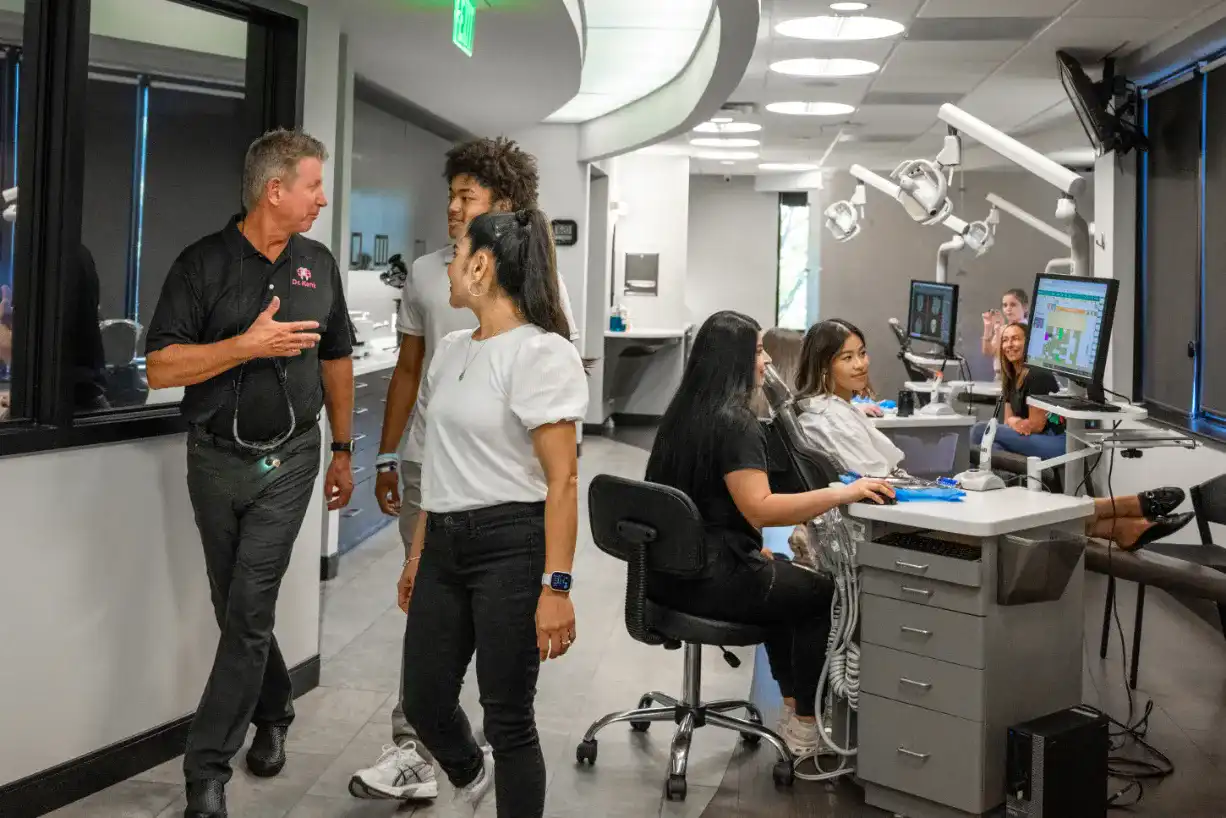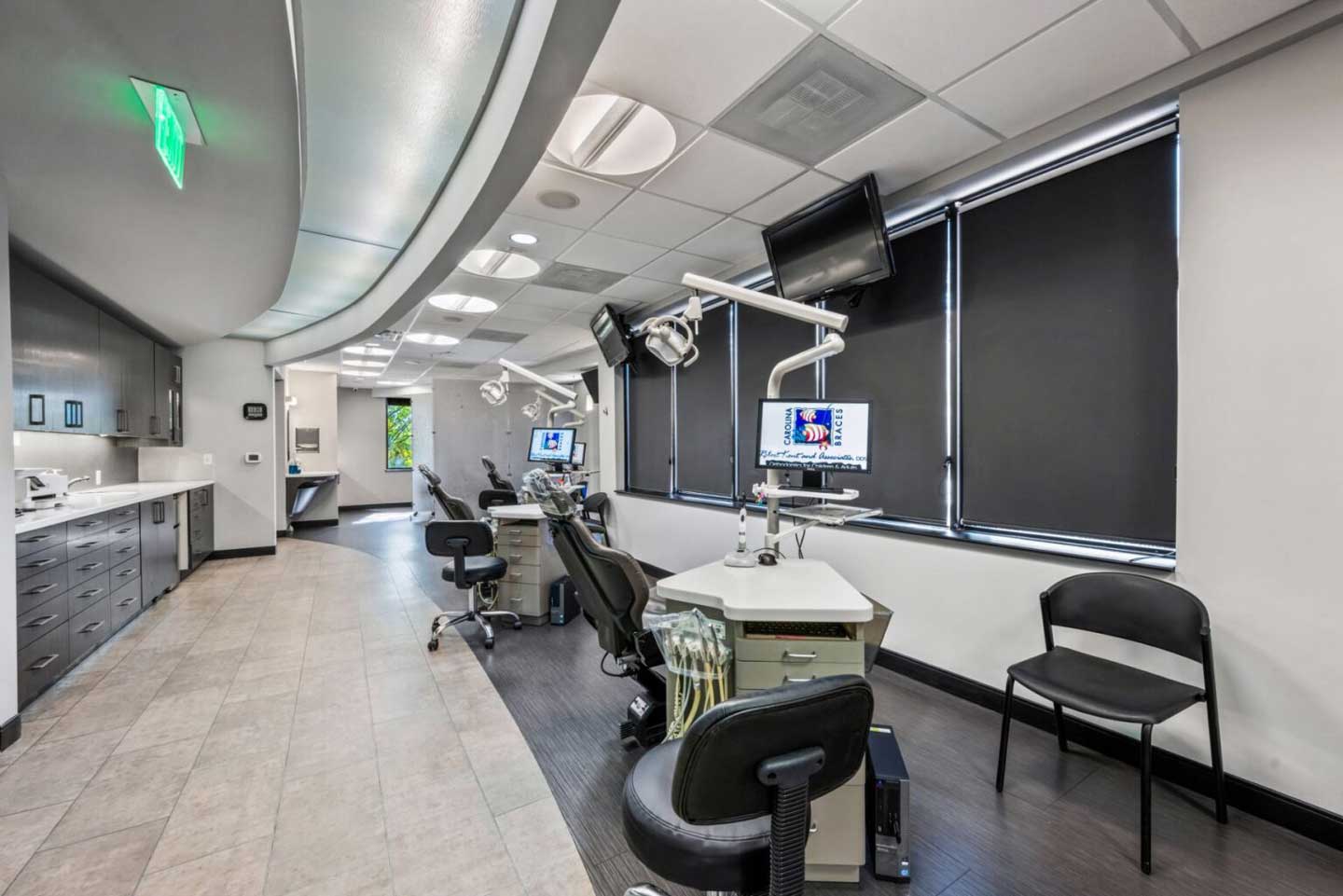The practice of orthodontics has been around for over 100 years. The first school of orthodontics opened in 1901. The options available to straighten your teeth have broadened since then. Today, there are multiple types of braces available. There are affordable braces and braces designed to be nearly invisible. There are permanent braces and braces you can remove. With so many options, how can you ever choose? We want to make your decision easier, so we created this guide to the most common ways to get a straighter, more beautiful smile. Keep reading to learn more.
Traditional Braces
Traditional braces are also known as metal braces. They have been around longer than other orthodontic options. Newer inventions have yet to fully replace metal braces because they are extremely effective for many people.
How Do Traditional Braces Work?
Traditional braces consist of three components. The first is the bracket, a piece of metal an orthodontist adheres to the front of your tooth. The second component is a metal wire, which connects one bracket to the next. The third component—rubber bands—holds these wires in place on the brackets. People wear traditional braces for 12 to 24 months, but some people wear them for up to three years. During that time, they attend regular appointments to have their braces tightened.
Getting your braces tightened means that the orthodontist pulls the wire tighter across your teeth. Over time, this moves your teeth into a straighter position.
Who Needs Traditional Braces?
The great thing about traditional braces is that virtually anyone can get them. They work well for crowding, gaps, misaligned bites, and more.
Self-Ligating Braces
Self-ligating braces are almost exactly like traditional metal braces. The difference is that these types of braces don't need rubber bands. Instead, a state-of-the-art system holds the wire in place.
How Do Self-Ligating Braces Work?
Self-ligating braces work the same way as traditional braces. But instead of rubber bands, a spring-loaded system keeps the wire in place. The system allows the wire to move as needed. That way, you do not have to attend time-consuming (and sometimes painful) tightening appointments.
Another good thing about self-ligating braces is that they work much faster. At the same time, they are just as effective as traditional metal braces. The only downside is that self-ligating braces are highly visible. If you want to keep your braces a secret, you may want to look for another option.
Who Needs Self-Ligating Braces?
Self-ligating braces are a good choice for most people. However, they may not work as well for people with significant orthodontic issues. They may also struggle to shift larger teeth like molars.
Tooth-Colored Braces
Tooth-colored braces are also incredibly similar to traditional metal braces. However, they are designed to blend in better with the natural look of your teeth and smile.
How Do Tooth-Colored Braces Work?
These types of braces still use brackets, wires, and rubber bands. However, the brackets are made of ceramic, a tooth-like material that blends in with enamel. The wires and rubber bands are also tooth-colored.
Unlike self-ligating braces, though, you will have to attend regular tightening appointments. You may think it's worth it to conceal the fact that you are wearing braces.
Who Needs Tooth-Colored Braces?
Tooth-colored braces are not for everyone. The ceramic brackets are fragile, especially compared to metal ones. People who play contact sports may want to consider another option. Ceramic braces also take longer to work. They may not be the best option for people with significant orthodontic issues. A third disadvantage to this option is the potential for stains. Like natural enamel, ceramic is prone to staining from colorful foods and drinks. You may not want to go with this option if you can't quit your morning cup of coffee or evening glass of wine.
Lingual Braces
Lingual braces are a type of traditional metal brace. The difference is that lingual braces sit on the back of your teeth. That makes them nearly impossible for others to see.
How Do Lingual Braces Work?
Lingual braces are similar to traditional braces, including metal brackets, wires, and elastic bands. They require regular tightening appointments and take about as long to work as traditional braces.
Who Needs Lingual Braces?
Lingual braces work for everyone. They may be the best option if you have too many orthodontic issues for clear aligners but want a less visible way to straighten your teeth.
Clear Aligners
Clear aligners are the latest innovation in braces technology. They share almost nothing in common with traditional braces. They don't have wires, brackets, or rubber bands. In fact, clear aligners are not even permanent. You can put them in and remove them as you wish.
How Do Clear Aligners Work?
Clear aligners are similar to retainers. They consist of plastic trays that straighten your teeth over time. Instead of tightening appointments, your orthodontist will send you a new tray every few weeks.
People love clear aligners because they are invisible. Plus, you don't have to wear them all day. Instead, you only have to wear your trays for 22 hours a day, leaving plenty of time for eating, drinking, and dental care.
Who Needs Clear Aligners?
Clear aligners are ideal for people who want to straighten their teeth in the easiest and most comfortable way possible. Unfortunately, they don't work for everyone, though.
Invisalign is best for mild to moderate orthodontic issues. For example, people with severe bite issues would benefit more from traditional braces.
Looking for an Orthodontist in Raleigh That Offers These Types of Braces?
These five types of braces offer something for everyone. People with extremely crooked teeth or severe malocclusions should consider traditional braces. Otherwise, clear aligners are a fan favorite because they are invisible.
Did this guide help you choose the right orthodontic option for your needs? If so, Carolina Braces wants to help you get the smile of your dreams, too. Schedule a free consultation with us to discuss the best braces for you.





